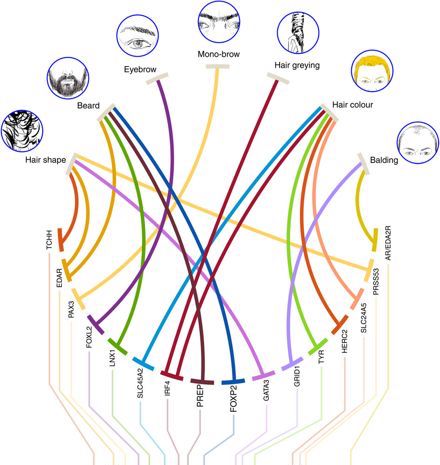Have you ever wondered why some men can grow thick, luscious beards effortlessly, while others struggle with patchy or sparse growth? Well, genetics plays a significant role in determining your beard growth potential. In fact, your genetic makeup can dictate the density, color, and even the pattern of your beard. But there’s so much more to learn about this fascinating topic!
At BeardsDude.com, we dive deep into understanding how genetics influence beard growth. We explore the science behind it, discussing the role of hormones like testosterone and dihydrotestosterone (DHT) in stimulating facial hair follicles. We also touch upon the genetic variations that can lead to beard-related conditions such as alopecia barbae and polycystic ovary syndrome (PCOS).
But it doesn’t end there. We also explore the environmental factors that can interact with your genetic predisposition. Factors like stress, nutrition, and exposure to certain chemicals can either enhance or inhibit beard growth. So, whether you’re looking to optimize your beard-growing potential or simply curious about the science behind it, our in-depth article has got you covered.
So, join us at BeardsDude.com, where we go beyond the surface and delve into the intriguing world of genetics and its influence on beard growth. Get ready to arm yourself with knowledge that will help you embrace and nurture your facial hair journey like never before. Let’s unlock the secrets together and explore the fascinating interplay between genetics and beard growth! Beard growth is a fascinating biological process that is influenced by a variety of factors, including genetics. In this article, we will explore the role of genetics in beard growth, including how it affects the density, thickness, and color of a man’s beard.
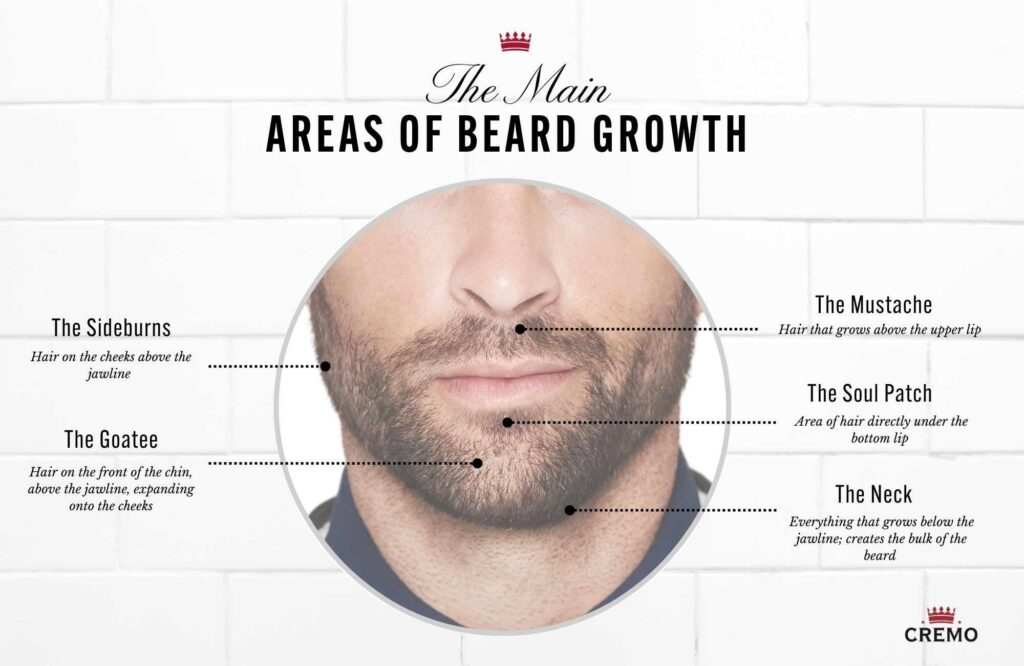
Understanding Beard Growth
Before we dive into the influence of genetics, let’s first have a brief overview of the biology of beard growth. Beards are composed of hair follicles, which are tiny sacs in the skin that produce and grow hair. These follicles are found in different parts of the face, and their activity is regulated by hormones.
Anatomy of a Beard
The beard hairs on a man’s face are different from the hairs on his scalp. Beard hairs tend to be coarser, thicker, and grow at a slower rate. This is mainly due to the presence of androgen receptors, which are hormone-sensitive proteins found in the hair follicles. These receptors respond to the hormone testosterone, which plays a crucial role in the development and growth of a man’s facial hair.
Hair Growth Phases
The growth of beard hair occurs in cycles. There are three main phases of hair growth: the anagen phase, the catagen phase, and the telogen phase.
- Anagen Phase: This is the active growth phase, during which the hair follicles are producing new hair. The duration of the anagen phase determines the length to which the hair can grow.
- Catagen Phase: This is a transitional phase, during which the hair follicles shrink and detach from the blood supply.
- Telogen Phase: This is the resting phase, during which the hair follicles are inactive and the hair eventually falls out. After the telogen phase, the hair follicles re-enter the anagen phase, and the cycle begins again.
The duration of each phase can vary from person to person, and it is influenced by genetic and hormonal factors.
Genetic Factors
Now that we have a basic understanding of beard growth, let’s explore the genetic factors that influence it.
Inheritance of Beard Growth
The growth pattern and density of a man’s beard are largely determined by his genetic makeup. Genes play a crucial role in determining whether an individual will have a full, thick beard or a more sparse, patchy one. These genes are inherited from both parents, and they can be influenced by multiple genetic factors.
Role of Hormones
Hormones also play a significant role in beard growth, and their activity is influenced by genetics. Testosterone, a hormone primarily associated with male characteristics, stimulates the development of facial hair. The presence of androgen receptors in the hair follicles determines how sensitive they are to testosterone. Individuals with more androgen receptors tend to have a greater response to testosterone, resulting in more robust beard growth.
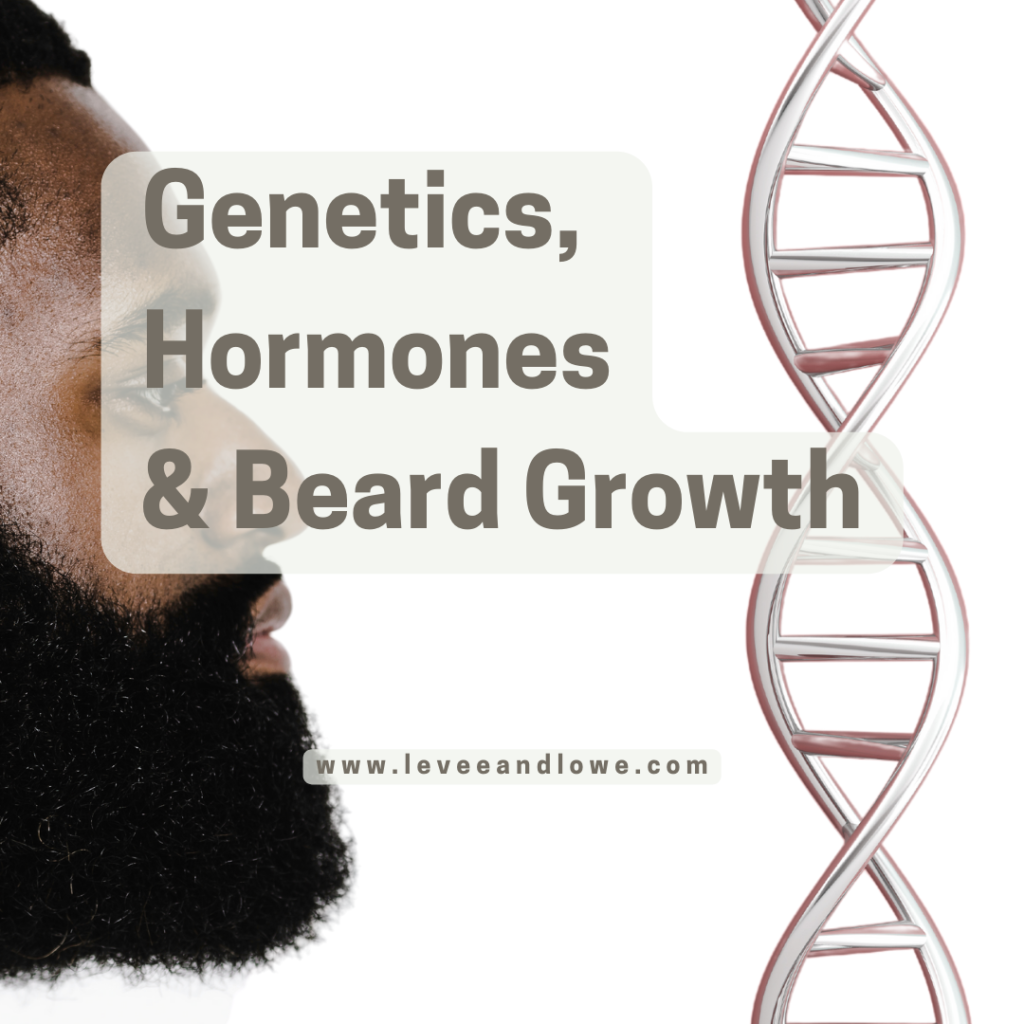
Extrinsic Factors
While genetics lay the foundation for beard growth, there are external factors that can influence the appearance and health of the beard.
Environmental Factors
Environmental factors such as climate and air pollution can impact beard growth. Harsh climates, such as cold and dry weather, can lead to dryness and increased chances of breakage. Similarly, exposure to pollutants in the air can lead to damage and weaken the hair follicles, affecting beard growth.
Lifestyle Choices
Certain lifestyle choices can also influence beard growth. Diet, exercise, and stress levels can all play a role in the health and growth of facial hair. A balanced diet rich in vitamins and minerals promotes overall hair health, including beard growth. Regular exercise improves blood circulation, which in turn can support the growth of beard hair. Stress has been linked to hair loss, so managing stress levels is also essential for maintaining a healthy beard.
Common Beard Growth Patterns
Beard growth patterns can vary significantly from person to person. Here are some common patterns:
Full Beard
A full beard is characterized by dense hair growth across the entire lower face, including the cheeks, jawline, and neck. Those with a genetic predisposition for a full beard will typically experience faster and more consistent hair growth in these areas.
Goatee
A goatee refers to facial hair that grows on the chin and the area immediately surrounding the mouth. This style often features a trimmed mustache and soul patch, leaving the rest of the face clean-shaven. The growth of a goatee can be influenced by genetics and may vary depending on individual preferences.
Moustache
The moustache is another popular beard style that involves growing hair specifically on the upper lip. The growth of a moustache can be influenced by genetics and may require more meticulous grooming and maintenance compared to other beard styles.
Patchy Growth
Patchy beard growth refers to the uneven distribution of facial hair, with some areas having sparse hair growth or showing no hair growth at all. Genetics and hormone levels can contribute to patchy beard growth. While some men embrace the patchy look, others may seek solutions to improve the density and uniformity of their beard.
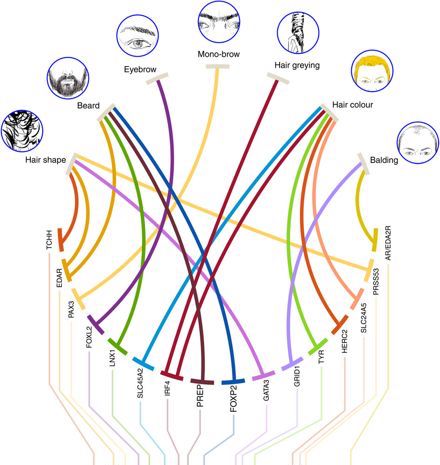
Genetics and Beard Density
Beard density refers to the number of hair follicles present in a given area, as well as the thickness of the hair strands. Genetics not only determine the density of the beard but also influence the location and distribution of the hair follicles on the face.
The Influence of Genes on Beard Density
Research suggests that genes play a significant role in determining beard density. Individuals with a higher number of hair follicles on their face are more likely to have a denser beard. Similarly, individuals with thicker hair strands are likely to have a thicker and more robust beard.
Different Ethnicities and Beard Density
There are noticeable differences in beard density among different ethnic groups. For example, individuals of East Asian descent tend to have lower beard density compared to individuals of European or Middle Eastern descent. These ethnic variations in beard density can be attributed to genetic factors.
Genetics and Beard Thickness
While beard density refers to the number of hair follicles, beard thickness refers to the diameter of individual hair strands. Genetics also influence the thickness of the beard hair.
Link between Genetics and Hair Follicle Thickness
Genes determine the size and shape of hair follicles, which in turn affect the thickness and texture of the hair they produce. Some individuals have hair follicles with a larger diameter, resulting in thicker beard hair. The thickness of the hair strands can contribute to the overall appearance and texture of the beard.
Effects of Hair Thickness on Beard Appearance
Thicker beard hair can give the illusion of a fuller and more voluminous beard. It can also affect the way light reflects off the hair strands, giving the beard a more lustrous and healthy appearance. However, it’s important to note that beard thickness alone does not guarantee a well-groomed or attractive beard. Proper grooming and maintenance are essential for achieving the desired look.
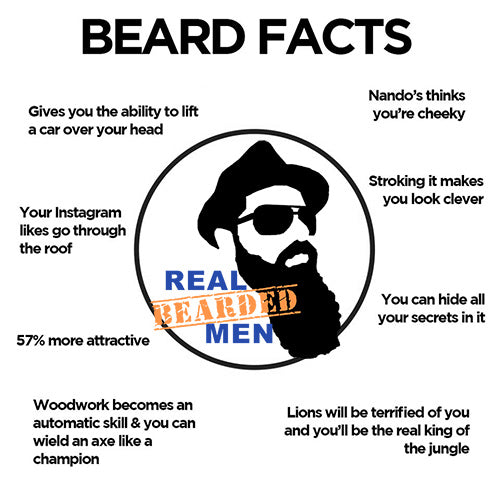
Genetics and Beard Color
The color of a man’s beard is also influenced by genetics. Hair color is determined by the presence and amount of pigment called melanin in the hair shafts.
Inherited Traits for Hair Color
Genes inherited from parents determine the production of melanin in the hair follicles. The balance between two types of melanin, eumelanin (which produces brown and black hair) and pheomelanin (which produces red and blonde hair), will determine the color of a man’s beard.
Premature Graying
Some individuals may experience premature graying of the beard, which is when the hair begins to turn gray or white at an earlier age than usual. Genetics play a significant role in premature graying, and research suggests that certain genes are associated with the regulation of melanin production.
Other Genetic Factors to Consider
In addition to beard density, thickness, and color, other genetic factors can influence beard growth.
Facial Structure and Beard Growth
The shape of a man’s face can affect the appearance and growth of his beard. The location and distribution of hair follicles on the face are influenced by genetic factors. For example, some men may have a more defined jawline or a higher hairline, which can influence the shape and style of their beard.
Age and Beard Growth
Beard growth patterns can change over time due to aging and hormonal changes. Genetic factors interact with these changes, resulting in differences in beard growth patterns between adolescence and adulthood. As men age, hormonal fluctuations can lead to changes in the density and distribution of beard hair.

Environmental Influences on Beard Growth
While genetics play a significant role in beard growth, environmental factors can also influence the health and growth of facial hair.
Climate and Beard Growth
Extreme climates can affect the moisture levels of the skin, which, in turn, can impact the health and growth of facial hair. Dry climates can lead to dry and brittle hairs, increasing the chances of breakage. On the other hand, humid climates can contribute to excessive oil production, which can lead to greasy and unhealthy-looking beards.
Pollution and Beard Health
Air pollution, especially in urban areas, can impact beard health. Pollutants in the air can accumulate on the beard, leading to dryness, irritation, and odor. It is essential to cleanse and moisturize the beard regularly to minimize the effects of pollution.
Optimizing Beard Growth
While genetics largely dictate beard growth, there are ways to optimize and promote healthy beard growth.
Healthy Lifestyle Habits
Maintaining a healthy lifestyle can contribute to overall beard health. Eating a balanced diet rich in vitamins and minerals, staying hydrated, exercising regularly, and managing stress levels are all essential for promoting healthy hair growth, including beard growth.
Beard Care Routine
Following a regular beard care routine is crucial for maintaining the health and appearance of the beard. This routine can include cleansing, moisturizing, trimming, and styling the beard. Using high-quality beard care products suited to individual needs can enhance beard growth.
Supplements and Vitamins
Some men may choose to complement their beard care routine with supplements and vitamins that promote hair growth. Biotin, zinc, vitamin D, and vitamin E are some of the nutrients commonly associated with hair growth. However, it’s essential to consult a healthcare professional before starting any supplementation regimen.
Addressing Beard Growth Challenges
Not all men experience a smooth and effortless beard growth journey. Here are some common challenges and potential solutions:
Patchy Growth Solutions
For individuals with patchy beard growth, there are several options to improve the density and uniformity of the beard. These include beard care practices such as regular exfoliation, proper moisturization, and using beard growth products that stimulate hair follicles. Additionally, certain grooming techniques, such as light trimming and styling, can create the illusion of a fuller beard.
Beard Itching and Dandruff Remedies
Itching and dandruff are common beard-related issues that can be addressed through proper beard care practices. Regular washing and moisturizing, avoiding harsh chemicals, and incorporating a beard oil or balm into the grooming routine can alleviate these issues. Additionally, maintaining good hygiene and keeping the beard and skin clean can minimize the chances of itching and dandruff.
The Future of Beard Growth Genetics
Research into beard growth genetics is an ongoing field, and advancements in technology and scientific understanding continue to shed light on this fascinating topic.
Research and Discoveries
Scientists are continually exploring the genes associated with beard growth to gain a deeper understanding of the biological processes involved. They are studying the genes involved in hair follicle development, hormone regulation, and melanin production, among others, to unravel the complex genetic basis of beard growth.
Potential Advances in Beard Growth
As our understanding of the genetic factors influencing beard growth improves, there is potential for advancements in beard growth treatments and interventions. Gene therapies, personalized hair care products, and targeted genetic interventions may become more accessible in the future, offering new possibilities for men who desire a fuller and healthier beard.
Conclusion
Genetics undeniably play a significant role in beard growth, influencing factors such as density, thickness, and color. While the genetic blueprint determines the potential for beard growth, lifestyle choices, environmental factors, and grooming practices also contribute to the overall health and appearance of the beard. Whether you have a full, luscious beard or a more modest growth pattern, embracing and maintaining your beard is a personal journey that reflects your unique style and personality. Remember to celebrate the diversity of beards and find what works best for you. At BeardsDude.com, we are here to support and inspire you on your bearded adventure. Welcome to our community!
